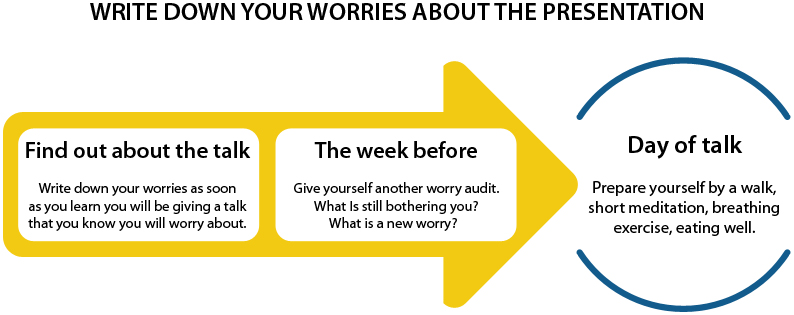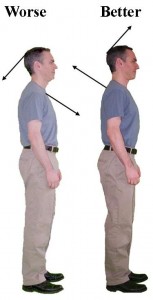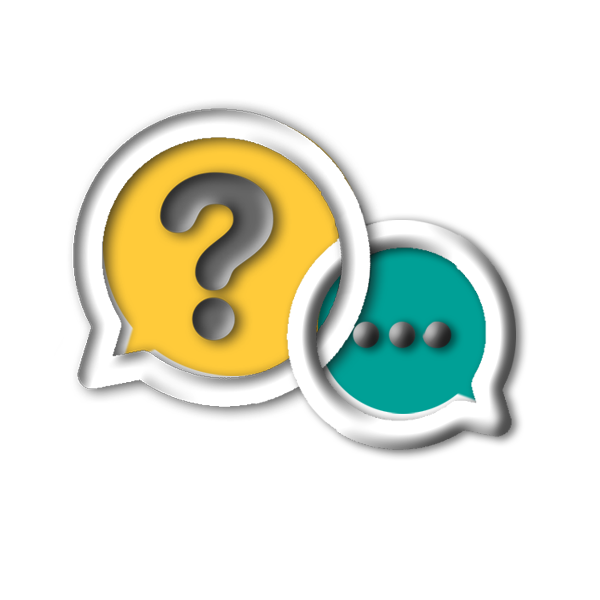As you walk up to give a presentation how many of you tell yourself, “I can do this. I will be great.” You may be thinking you have done yourself a good service to give yourself a pep talk. It turns out that there is an “effective” way to talk to yourself and that’s not it.
“For example, in one study we found that participants who silently referred to themselves in the second or third person or used their own names while preparing for a five-minute speech were calmer and more confident and performed better on the task than those who referred to themselves using ‘I’ or ‘me.”
How can you apply this in the future?
About to get up to talk, say to yourself, “You will be calm and really engage the audience. You have prepared.”
Worried about a difficult negotiation you are about to have, say to yourself, “Claudyne, you can create a win/win scenario. You know how to listen.”
Feel like your emotions are going to get the best of you, say to yourself, “You have the ability to take charge. You are going to be fine.”
The bottom line is that from the research those who used non-first person self-talk are able to be calmer when presenting and to “get control of their emotions.”
Read the article. It is short and very thought provoking.
https://hbr.org/2015/02/pronouns-matter-when-psyching-yourself-up






 Here’s the best way to really see if your slides’ content is organized, they look professional and help tell your story.
Print all your slides, lay all of them out on a table and look at them.
First, look at the content across the slides. Is the content organized or do you have the same ideas on many slides spread throughout the presentation?
Second, look at the slide layouts. Are they varied or do you have 8 charts in a row, 6 different graphics in a row, only slides with text bullets and no graphics?
Third, make sure you have engaging, informative titles that help you tell your story and emphasize your key messages.
Professional-looking slides increase your delivery success in engaging your audience.
Here’s the best way to really see if your slides’ content is organized, they look professional and help tell your story.
Print all your slides, lay all of them out on a table and look at them.
First, look at the content across the slides. Is the content organized or do you have the same ideas on many slides spread throughout the presentation?
Second, look at the slide layouts. Are they varied or do you have 8 charts in a row, 6 different graphics in a row, only slides with text bullets and no graphics?
Third, make sure you have engaging, informative titles that help you tell your story and emphasize your key messages.
Professional-looking slides increase your delivery success in engaging your audience.

